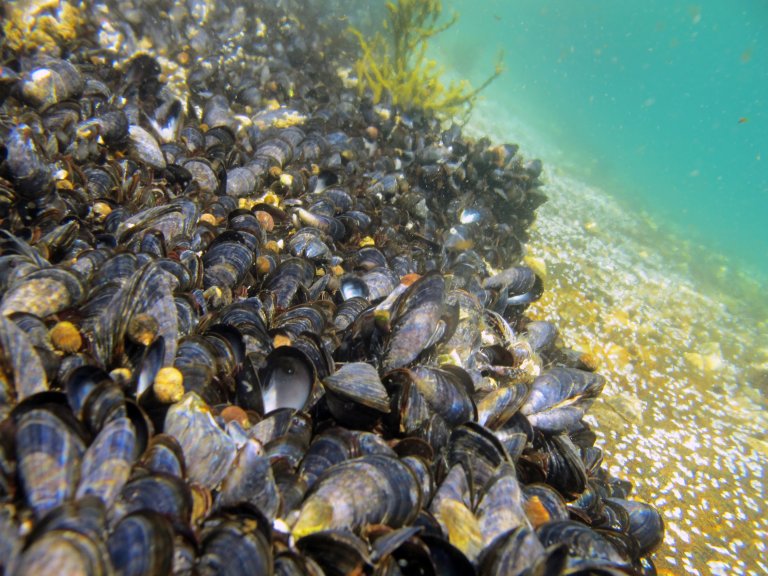
Microplastics found in 4 of 5 bivalve species investigated in Nordic waters
This report, just published, «Microplastics in marine bivalves from the Nordic environment», was carried out by the Norwegian Institute for Water Research (NIVA) on behalf of the Norwegian Environment Agency (Miljødirektoratet), and in cooporation with institutions from all Nordic countries, including Akvaplan-niva from Norway. The project was financed by the Nordic Council of Ministers.

– This study is the first of its kind considering the large number of samples from an extensive part of the Nordic waters and the high degree of analytical quality, commented the project manager Norman Green from NIVA.
The results showed a large variation of particle types including plastic fibers and fragments, as well as rubbery particles. The many types indicate multiple sources and different transport pathways to the marine environment. Examples of plastic polymers included polyethylene, polypropylene, polyacrylate, polyvinyl chloride, polydimethylsiloxane and epoxy plastics, as well as additives to synthetic rubber products.
The purpose of the study was to map the occurrence of distribution and type of microplastics in Nordic marine waters, and trace possible sources using bivalves (e.g. mussels) as the indicator organism group. In addition, the study was to assess the usefulness of using bivalves for such a study.
– Our findings indicate that three bivalve species were suitable as indicator species to monitor microplastics in the Nordic marine environment: blue mussel (Mytilus spp.) in most of the coastal areas of the Nordic waters, Baltic clam (Limecola balthica) in the Baltic Sea, and another clam, Abra nitida, along parts of the Norwegian coast, noted Green.
This extensive study has shown that bivalves from urban and harbour areas contained microplastics. In samples from Greenland, Svalbard and Faroe Islands microplastics were not found above the limit of detection, which could be attributed to small sample size from these areas. The highest concentration of microplastics were found in the Oslofjord and the Oslo harbour area (Færder and Akershuskaia).